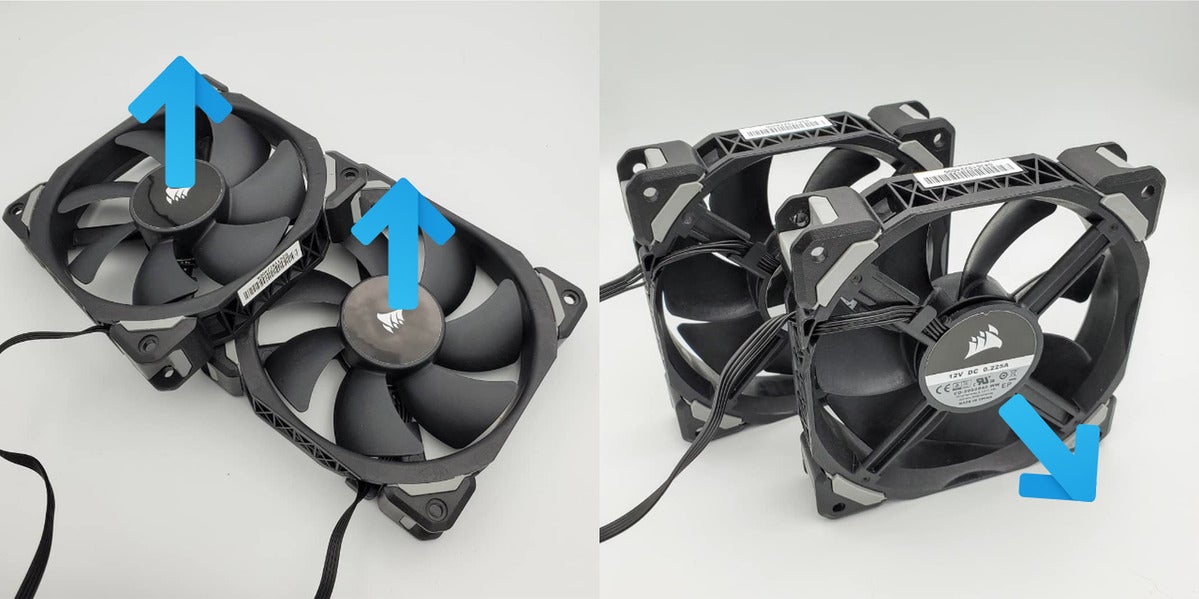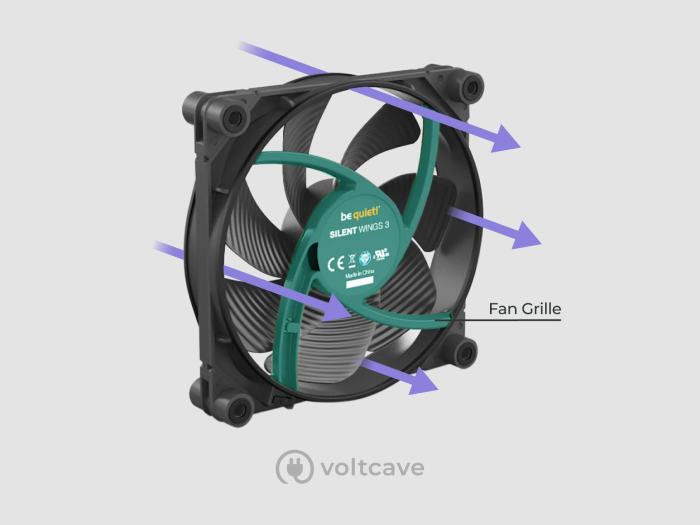Maintaining optimal indoor air quality is crucial for health, comfort, and productivity. Dual motor exhaust fans play a vital role in achieving this by efficiently removing stale air, pollutants, and excess moisture from enclosed spaces. This guide will delve into the principles of airflow, the design and specifications of dual motor exhaust fans, best practices for installation and placement, maintenance procedures, and applications and benefits of these powerful ventilation solutions.
Whether you’re dealing with stuffy rooms, excessive humidity, or lingering odors, understanding how to maximize airflow with dual motor exhaust fans will empower you to create a healthier and more comfortable indoor environment.
Airflow Dynamics
Airflow dynamics plays a crucial role in maintaining optimal indoor air quality. Understanding the principles of airflow is essential to ensure efficient ventilation and a healthy indoor environment.
Airflow refers to the movement of air within a space. It is influenced by factors such as pressure differences, temperature gradients, and the presence of obstructions. In indoor environments, proper airflow is essential for diluting and removing pollutants, providing fresh air, and regulating temperature and humidity levels.
Dual Motor Exhaust Fans
Dual motor exhaust fans are specifically designed to enhance airflow and improve indoor air quality. These fans utilize two separate motors to generate a powerful suction force that effectively draws air from the room and expels it outdoors.
The dual motor design allows for a higher air displacement rate, which is measured in cubic feet per minute (CFM). A higher CFM rating indicates a greater volume of air being moved, resulting in improved ventilation and air exchange.
By increasing the airflow, dual motor exhaust fans help to remove stale air, reduce moisture levels, and prevent the buildup of harmful pollutants, such as dust, smoke, and odors.
Fan Design and Specifications
Dual motor exhaust fans are engineered with specific design features to maximize airflow efficiency. These features include:
- Multiple Motors: Dual motors provide greater power and efficiency compared to single-motor fans, allowing for higher CFM ratings.
- Axial Impeller Design: The impeller blades are designed to create a strong axial airflow, effectively moving air in a straight line.
- Aerodynamic Shroud: The shroud surrounding the impeller helps direct and focus the airflow, reducing turbulence and improving efficiency.
- Optimized Blade Angles: The blades are angled to optimize airflow, reducing resistance and maximizing CFM output.
Fan Specifications
The specifications of different dual motor exhaust fan models vary, influencing their airflow performance. Key specifications to consider include:
| Specification | Description |
|---|---|
| CFM Rating | Measures the volume of air moved per minute, indicating airflow capacity. |
| Noise Level | Measured in decibels (dB), indicates the amount of noise produced by the fan. |
| Voltage | Specifies the electrical voltage required to operate the fan. |
| Dimensions | Indicates the size and shape of the fan, important for installation considerations. |
Applications and Benefits
Dual motor exhaust fans are versatile solutions for a wide range of applications, including industrial, commercial, and residential settings. Their exceptional airflow capabilities make them ideal for spaces where proper ventilation is crucial.Case studies demonstrate the effectiveness of these fans in improving air quality and energy efficiency.
In a large warehouse, the installation of dual motor exhaust fans significantly reduced airborne contaminants, creating a healthier work environment. In a retail store, the fans helped maintain comfortable temperatures, reducing energy consumption by regulating airflow.
Improved Air Quality
Dual motor exhaust fans effectively remove stale air, odors, and pollutants from enclosed spaces. This is particularly beneficial in areas prone to poor air quality, such as workshops, garages, and kitchens. By improving air circulation, these fans help reduce the risk of respiratory problems and allergies.
Energy Efficiency
Dual motor exhaust fans are designed to maximize airflow while minimizing energy consumption. They feature efficient motors and optimized blade designs that reduce resistance, resulting in lower operating costs. The fans can also be equipped with variable speed controls, allowing users to adjust airflow based on ventilation needs, further enhancing energy savings.
Occupant Comfort
In addition to improving air quality and energy efficiency, dual motor exhaust fans contribute to occupant comfort. By maintaining proper ventilation, these fans help prevent stuffiness, odors, and excessive heat, creating a more pleasant and comfortable environment.
Design Considerations
The design of a dual motor exhaust fan system plays a critical role in maximizing airflow and achieving optimal performance. Several key factors must be considered when designing such a system, including fan size, type, and placement.
Fan Size
The size of the exhaust fan is crucial in determining the amount of airflow it can generate. The size is typically measured in cubic feet per minute (CFM) and should be appropriate for the size of the room or area to be ventilated.
A larger room will require a fan with a higher CFM rating to effectively remove stale air and maintain a comfortable environment.
Fan Type
There are various types of exhaust fans available, each with its own advantages and disadvantages. Some common types include:
- Axial fans: These fans move air parallel to the axis of the blades, creating a focused stream of airflow. They are suitable for applications where directional airflow is desired.
- Centrifugal fans: These fans move air radially outward from the center of the blades, creating a more dispersed airflow pattern. They are often used in industrial and commercial applications where high-pressure airflow is required.
- Mixed-flow fans: These fans combine the characteristics of axial and centrifugal fans, providing a balance of airflow direction and pressure. They are suitable for a wide range of applications.
Fan Placement
The placement of the exhaust fan is essential for maximizing airflow and ensuring proper ventilation. The fan should be installed in a location where it can effectively capture and remove stale air from the room. Common placement options include:
- Ceiling-mounted: Ceiling-mounted fans are ideal for general ventilation and can be placed in the center of the room or near the source of odors or pollutants.
- Wall-mounted: Wall-mounted fans are suitable for spot ventilation and can be installed in areas where specific sources of stale air need to be addressed.
- Window-mounted: Window-mounted fans are a temporary solution for ventilation and can be used in rooms where permanent exhaust systems are not available.
By carefully considering these design factors, it is possible to optimize the performance of dual motor exhaust fans and ensure effective airflow and ventilation in any space.
Last Recap
By following the guidelines Artikeld in this comprehensive guide, you can harness the full potential of dual motor exhaust fans to enhance airflow, improve indoor air quality, and create a more comfortable and healthy living or working space. Remember to consult with qualified professionals for proper installation and maintenance to ensure optimal performance and longevity of your ventilation system.



